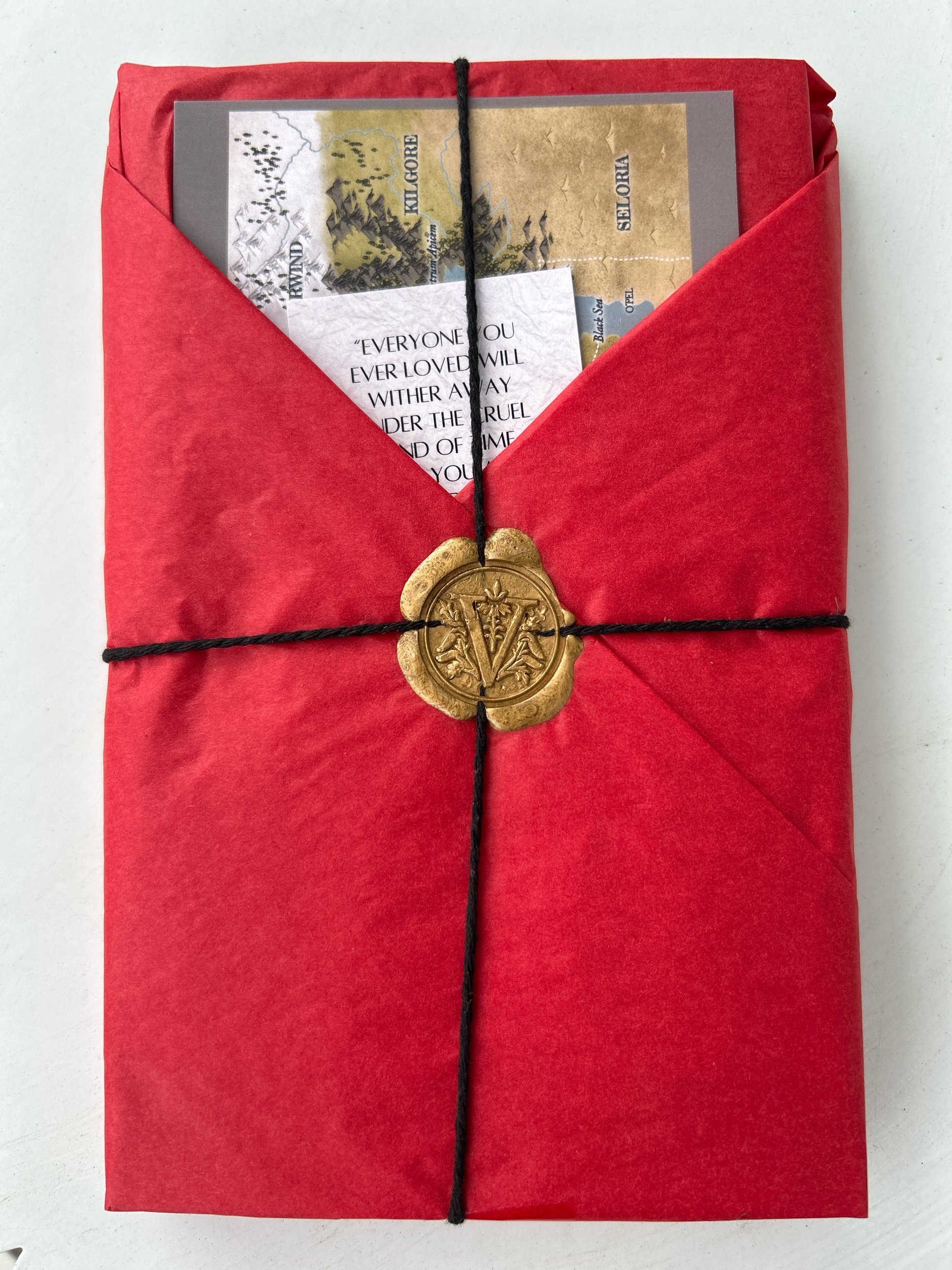 Image 1 of
Image 1 of


One Woman Show
A sly and stylish novel—remarkably told through museum wall labels—about a 20th-century woman who transforms herself from a precious object into an unforgettable protagonist.
Author Christine Coulson spent twenty-five years writing for the Metropolitan Museum of Art. Her final project was to write wall labels for the museum’s new British Galleries. During that time, she dreamt of using The Met’s strict label format to describe people as intricate works of art. The result is this bullet of a novel that imagines a privileged twentieth-century woman as an artifact—an object prized, collected, and critiqued. One Woman Show revolves around the life of Kitty Whitaker as she is defined by her potential for display and moved from collection to collection through multiple marriages. Coulson precisely distills each stage of this sprawling life, every brief snapshot in time a wry reflection on womanhood, ownership, value, and power.
Described with poignancy and humor over the course of a century, Kitty emerges as an eccentric heroine who disrupts her porcelain life with both major force and minor transgressions. As human foibles propel each delicately crafted text, Coulson’s playful reversal on our interaction with art ultimately questions who really gets to tell our stories.
A sly and stylish novel—remarkably told through museum wall labels—about a 20th-century woman who transforms herself from a precious object into an unforgettable protagonist.
Author Christine Coulson spent twenty-five years writing for the Metropolitan Museum of Art. Her final project was to write wall labels for the museum’s new British Galleries. During that time, she dreamt of using The Met’s strict label format to describe people as intricate works of art. The result is this bullet of a novel that imagines a privileged twentieth-century woman as an artifact—an object prized, collected, and critiqued. One Woman Show revolves around the life of Kitty Whitaker as she is defined by her potential for display and moved from collection to collection through multiple marriages. Coulson precisely distills each stage of this sprawling life, every brief snapshot in time a wry reflection on womanhood, ownership, value, and power.
Described with poignancy and humor over the course of a century, Kitty emerges as an eccentric heroine who disrupts her porcelain life with both major force and minor transgressions. As human foibles propel each delicately crafted text, Coulson’s playful reversal on our interaction with art ultimately questions who really gets to tell our stories.
A sly and stylish novel—remarkably told through museum wall labels—about a 20th-century woman who transforms herself from a precious object into an unforgettable protagonist.
Author Christine Coulson spent twenty-five years writing for the Metropolitan Museum of Art. Her final project was to write wall labels for the museum’s new British Galleries. During that time, she dreamt of using The Met’s strict label format to describe people as intricate works of art. The result is this bullet of a novel that imagines a privileged twentieth-century woman as an artifact—an object prized, collected, and critiqued. One Woman Show revolves around the life of Kitty Whitaker as she is defined by her potential for display and moved from collection to collection through multiple marriages. Coulson precisely distills each stage of this sprawling life, every brief snapshot in time a wry reflection on womanhood, ownership, value, and power.
Described with poignancy and humor over the course of a century, Kitty emerges as an eccentric heroine who disrupts her porcelain life with both major force and minor transgressions. As human foibles propel each delicately crafted text, Coulson’s playful reversal on our interaction with art ultimately questions who really gets to tell our stories.




